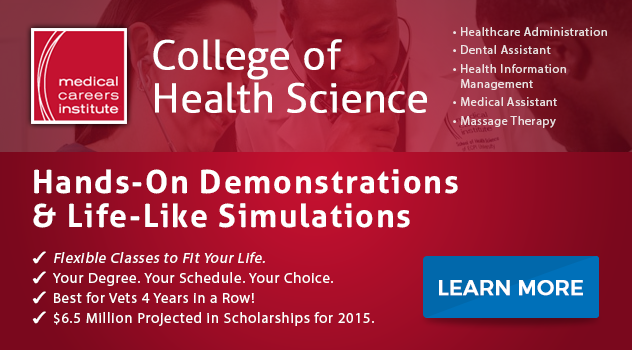Medical Radiography Careers: What are they Like?
Medical radiography can offer wide-ranging career tracks to choose from. Professionals typically find employment in a variety of healthcare settings, such as primary care clinics and hospitals. The field requires a detailed understanding of various specialized areas, including human anatomy and complex medical imaging equipment.
What is the Work Environment like for a Radiologic Technologist?
According to the Bureau of Labor Statistics (BLS), 59% of radiologic technologists are employed in hospitals (private, state, and local). Up to 21% of professionals work in physicians' offices while about 8% find employment in medical and diagnostic laboratories. On the other hand, outpatient care facilities account for up to 4% of medical radiography jobs. The figures are based on a survey conducted in 2014.
No matter where you’re employed, this career requires physical stamina since radiologic technologists work on their feet for long periods. It is common for professionals to work shifts or during the weekends and holidays, particularly in emergency situations.
What are the Duties for a Medical Radiographer?
As a radiographer, you are tasked with a wide array of duties as part of daily activities. From performing tests using diagnostic medical imaging equipment to preparing patients for procedures, the profession demands attention to detail and critical thinking.
Some of the daily duties handled by radiographers in hospitals, clinics, and medical imaging centers include:
- Keeping detailed medical records for patients
- Preparing patients for medical examinations and other procedures
- Operating and maintaining medical imaging equipment
- Reviewing images following diagnostic tests
- Compiling reports after conducting medical examinations
- Working closely with physicians before, during, and after procedures
Possible career tracks
Once you’ve graduated and had some experience in your field, you could choose to specialize in a specific area of medical radiography. Here are some of the options which could be available after you’ve had special training and experience within the field.
- Radiologic technicians or radiographers – responsible for performing diagnostic tests using imaging equipment. They are also tasked with ensuring patient safety during examinations.
- Nuclear medicine technologists – conduct tests aimed at detecting diseases using unstable, radioactive molecules. These professionals employ special cameras to capture images of the body's reaction to nuclear material ingested by the patient. The technologists typically conduct two types of scans on patients, including positron emission tomography (PET) and nuclear cardiology.
- Radiologic technologists – perform a variety of diagnostic tests, such as computed tomography (CT), magnetic resonance imaging (MRI), mammography, and fluoroscopy.
- Vascular or cardiovascular technologists – specialize in performing invasive and non-invasive procedures aimed at diagnosing an array of heart conditions.
What is Training and Certification Like for Radiologic Technologists?
Depending on specific requirements of the career option you are pursuing, medical radiography training can entail a certificate, vocational, or undergraduate program. It is possible to become eligible for some jobs with a high school diploma (strong science and math background required) or a one-year certificate medical radiography. However, the majority of employers prefer candidates with an undergraduate degree.
Formal training can set you apart from the crowd and help you know the ins and outs of the profession before you ever walk into a healthcare facility. The American Registry of Radiologic Technologists (ARRT) and other bodies are responsible for certifying graduates in the field. Certification helps you gain a competitive advantage when applying for jobs in hospitals and other medical facilities.
What is the Medical Radiography Career Field Outlook?
When it comes to employment outlook, the field of medical radiography is expected to expand by at least 9% by 2024. The projections represent a faster average when compared to other career options. Some of the jobs available in the field include cardiovascular technician, radiological technologist, and radiologic technician.
Now that you know more about the field of medical radiography, are you ready to take the next step? If you’re interested in earning an Associate of Applied Science degree in Medical Radiography, consider ECPI University for the education you need. Contact a friendly admissions representative today to see if this is the right choice for you.
It could be the Best Decision You Ever Make!
DISCLAIMER – ECPI University makes no claim, warranty, or guarantee as to actual employability or earning potential to current, past or future students or graduates of any educational program we offer. The ECPI University website is published for informational purposes only. Every effort is made to ensure the accuracy of information contained on the ECPI.edu domain; however, no warranty of accuracy is made. No contractual rights, either expressed or implied, are created by its content.
Gainful Employment Information – Radiography - Associates
For more information about ECPI University or any of our programs click here: http://www.ecpi.edu/ or http://ow.ly/Ca1ya.





